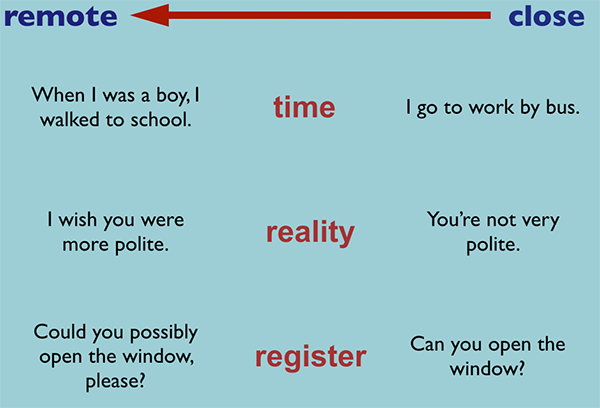Activity 7: Verb phrases
Read the following passage to understand the patterns that English verbs follow.
English verbs may be classified into three broad categories, namely: lexical verb, auxiliary verb or modal auxiliary verb. Lexical verbs carry the meaning of the word. Auxiliary verbs (do, have and be) are used to create grammatical tenses (or aspects). Modal auxiliary verbs are used to express modality, e.g. ability e.g. can, could), necessity (e.g. need) or possibility (e.g. can, could, may, might).
Verbs may carry tense or they may not carry tense. Verbs that carry a tense are finite. Verbs that cannot carry a tense are non-finite. There are some simple checks that you can use to confirm whether verb is finite or not.
Non-finite verbs do not change form when the tense shifts and in present tenses do not agree with the grammatical subject. However, finite verbs conjugate to form present and future forms. In present forms, the verb shows agreement with the grammatical subject. In past forms, verbs do not show agreement (apart from the verb be, which uses was or were depending on the subject). In English singular and plural subjects necessite changes in the form of the verb, which is most commonly realized by adding the suffix -s when the grammatical subject is third-person singular, e.g. he, she or it.
English verbs can be in either present tense or past tense. There is no future tense in English, but we express the future using aspect (e.g. will do, be doing, be going to do).
Verbs are usually used in active voice or passive voice. Active voice is the most common, particularly in spoken English.
Verbs take two aspects: perfect aspect (e.g. have done, had done) or progressive aspect (e.g am doing, will be doing). Although not common, both aspects can be used together to create perfect progressive aspect (e.g. have been doing, will have been doing). Future is also expressed through aspect often using auxiliary and.or modal auxiliary verbs.
Verbs can also be classified based on whether a grammatical object is present. Verbs that do not take an object are intransitive (vi) (e.g. walk, live). Verbs that take an object are transitive (vt) (e.g. help me, eat it. Transitive verbs have the possibility to be used in passive voice. However, intransitive verbs cannot be used in passive voice. Some verbs are both transitive and instransitive. A summary of this information is given below.
- Verb types: lexical, auxiliary, modal auxiliary
- Finiteness: finite, non-finite
- Tense: present, past
- Aspect: perfect, progressive, future
- Voice: passive, active
- Transitivity: intransitive, transitive
- Agreement: subject-verb agreement
 Awareness and defense
Awareness and defense
 Blitz speaking
Blitz speaking
 Interview practice
Interview practice
 Professional development
Professional development


